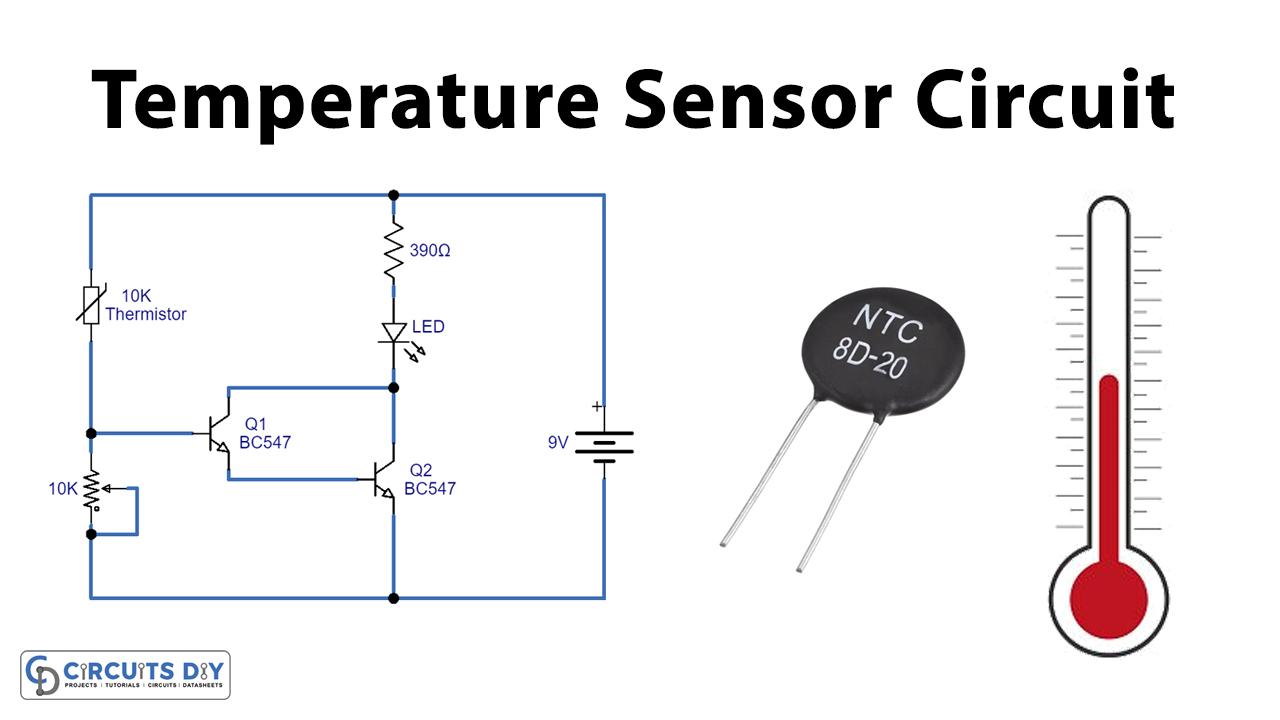
How to Design a Temperature Sensor Circuit
Temperature sensor circuits are essential components in many applications, including HVAC systems, medical devices, and automotive systems. These circuits measure ambient temperature and provide valuable data for controlling various processes and systems. In this article, we will discuss how to design a temperature sensor circuit from scratch.
Understanding Temperature Sensor Circuits
Before we dive into the design process, let’s first understand how temperature sensor circuits work. A temperature sensor typically consists of a temperature-sensitive element, such as a thermistor or a semiconductor device like an IC sensor. The sensor generates a voltage or current signal that varies with temperature, which is then measured by an analog-to-digital converter (ADC) or a microcontroller.
Choosing the Right Temperature Sensor
The first step in designing a temperature sensor circuit is selecting the right sensor for your application. There are various types of temperature sensors available, each with its own characteristics and operating principles. Some common types include:
- Thermistors – These are resistive devices that change resistance with temperature.
- IC Sensors – These integrated circuits provide accurate temperature measurements.
- RTDs – Resistance Temperature Detectors offer precise measurements in industrial settings.
- Thermocouples – These sensors generate a voltage proportional to temperature differences.
Consider factors such as temperature range, accuracy, response time, and cost when selecting a temperature sensor for your circuit.
Designing the Circuit
Once you’ve chosen the right sensor, it’s time to design the circuit around it. Here are the basic steps to follow:
- Connect the temperature sensor to a stable voltage reference or power supply.
- Use a voltage divider circuit to convert the sensor’s output to a voltage level compatible with your ADC or microcontroller.
- Add filtering components, such as capacitors, to reduce noise and stabilize the signal.
- Calibrate the circuit to account for sensor inaccuracies and external factors.
It’s important to consider the circuit layout, component placement, and grounding techniques to minimize interference and ensure accurate temperature measurements.
Testing and Calibration
After designing the circuit, it’s crucial to test and calibrate it to ensure accurate temperature readings. Use known temperature sources, such as a thermometer or a controlled environment, to validate the circuit’s performance. Adjust calibration parameters in the software or circuitry as needed to improve accuracy.
Conclusion
Designing a temperature sensor circuit requires careful consideration of sensor selection, circuit design, testing, and calibration. By following these steps and paying attention to details, you can create a reliable and accurate temperature monitoring system for your specific application.
Was this helpful?
0 / 0